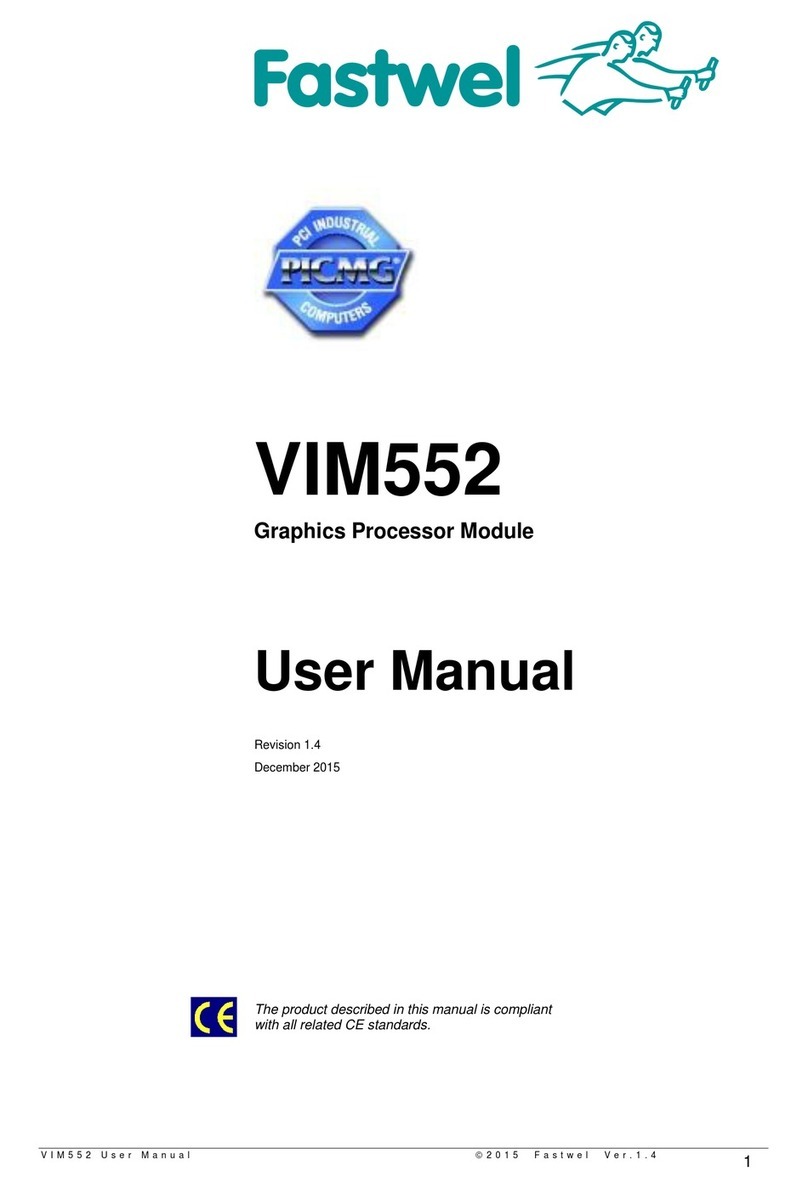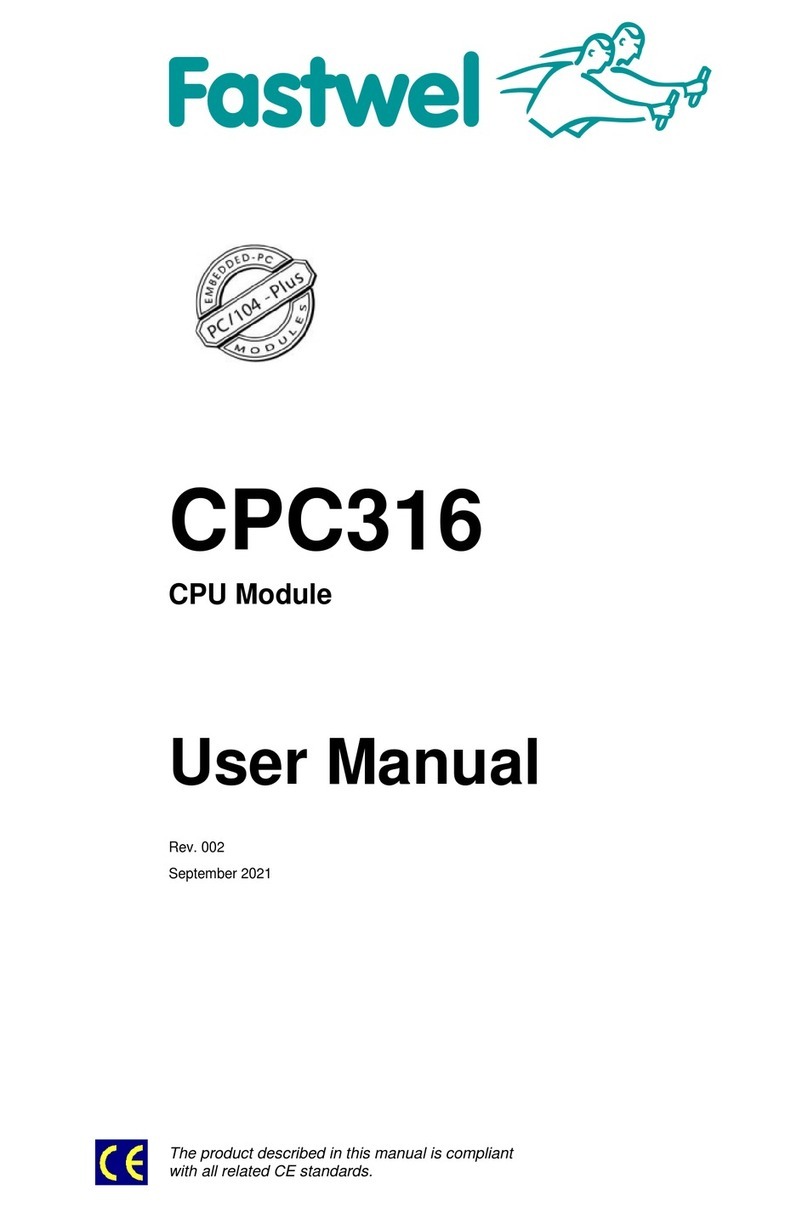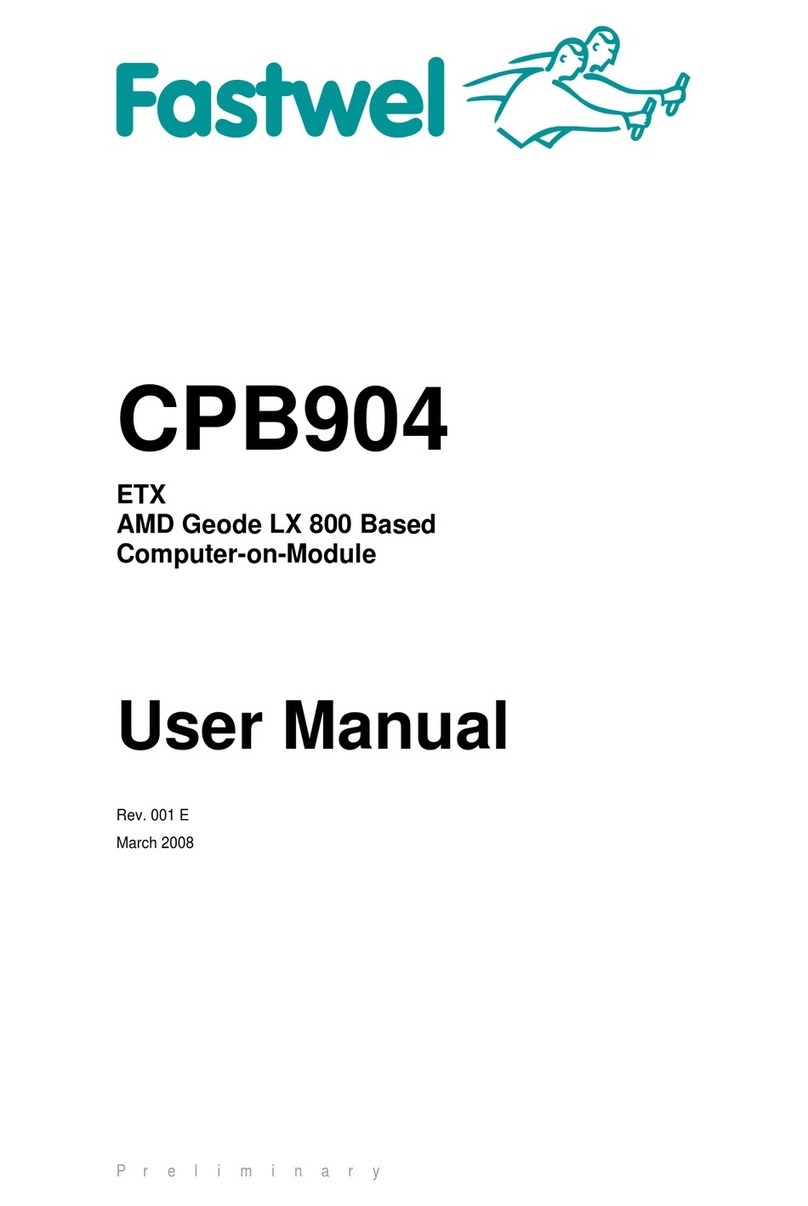
C P C 3 0 7 U s e r M a n u a l
Table 5.15: Description of the “ISA Configuration” menu (ISA Bus Setting)…………………………………………………103
Table 5.16: Description of the "Serial/Parallel Port Configuration" menu……………………………………………………..104
Table 5.17: Description of the WatchDog Configuration menu…………………………………………………………………106
Table 5.18: Description of the “GPIO and I2C Configuration” menu…………………………………………………………...107
Table 5.19: Description of the "CAN and COM5,6 Configuration" menu (Configuration of CAN1,2 and COM5,6 ports)...108
Table 5.20: Description of the “Exit» menu………………………………………………………………………………………..109
List of Figures
Figure 2.1: a) Dimensions of versions and location of СPС307 components (this figure is relevant for the versions
3.х)………………………. ........................................................................................................................................................................17
Figure 2.2: b) Dimensions and location of СPС307 components (this figure is relevant for versions 4.х)………………….....18
Figure 3.1: Connection of external devices to CPC307…………………………………………………………………………..…19
Figure 4.1: CPC307 Block Diagram……………………………………………………………………………………………………20
Figure 4.2: (a) location of connectors and main components on the TOP side and BOTTOM side for versions CPC307-02,
CPC307-05 (relevant for CPC307 V. 3.(x)……………………………………………………………………………………………………………22
Figure 4.3: b) location of connectors and main components on the TOP and BOTTOM sides for the CPC307-02 and CPC307-
05 versions (relevant for CPC307 V. 4.x)…………………………………………………………………………………………………………….23
Figure 4.4: a) location of connectors and main components on the TOP side and BOTTOM side for CPC307-03 (relevant for
CPC307 V. 3.x)………………………………………………………………………………………………………………………………………….24
Figure 4.5: b) location of connectors and main components on the TOP and BOTTOM sides for CPC307-03 (relevant for
CPC307 V. 4.x)………………………………………………………………………………………………………………………………………….25
Figure 4.6: a) location of connectors and main components on the TOP side and BOTTOM side for CPC307-04 (relevant for
CPC307 V. 3.x)………………………………………………………………………………………………………………………………………….26
Figure 4.7: b) location of connectors and main components on TOP and BOTTOM sides for the CPC307-04 version (relevant
for CPC307 V. 4.x)………………………………………………………………………………………………………………………………………27
Figure 4.8: Block Diagram of Vortex86DX SoC……………………………………………………………………………………….34
Figure 4.9: Numbering contacts of XP13 connector………………………………………………………………………………….36
Figure 4.10: Numbering contacts of microSD memory card…………………………………………………………………………..38
Figure 4.11: Numbering XP23 connector contacts……………………………………………………………………………………..39
Figure 4.12: Diagram of choosing the source of reset and switching the optoisolated input………………………………………40
Figure 4.13: Numbering XP19 connector contacts……………………………………………………………………………………..40
Figure 4.14: Numbering XP12 connector contacts……………………………………………………………………………………...41
Figure 4.15: Numbering contacts of XP9 connector…………………………………………………………………………………….42
Figure 4.16: Pin assignment of XP18 connector (for module versions 3.x and below)……………………………………………...43
Figure 4.17: a) RS-422/485 Transmitter with offset elements and terminating resistors (for the module’s versions 3.x and
below)………………………………………………………………………………………………………………………………………………………44
Figure 4.17: b) RS-422/485 Transmitter with offset elements and terminating resistors (for module’s versions 4.x)……………45
Figure 4.17: c) Purpose of the XP18 connector contacts (for module versions 4.x and below)……………………………………45
Figure 4.18: Numbering XP10 and XP16 connectors contacts………………………………………………………………………...46
Figure 4.19: Combining several devices via RS-422 interface…………………………………………………………………………47
Figure 4.20: Combining several devices via RS-485 interface…………………………………………………………………………47
Figure 4.21: Numbering contacts of the XP6 and XP7 connectors……………………………………………………………………48
Figure 4.22: a) Purpose of the XP15 and XP20 connector contacts (for module versions up to 4.x)……………………………..49
Figure 4.22: b) Purpose of XP15 and XP20 connectors contacts (for module’s version 4.x)………………………………………50
Figure 4.23: a) Transmitter with protective bias elements and terminating resistors (for module versions up to 4.x)……………50
Figure 4.23: b) Transmitter with protective bias elements and terminating resistors (for module versions 4.x)………………….51
Figure 4.24: Numbering the XP17 connector contacts………………………………………………………………………………….51
Figure 4.25: Numbering the XP12 connector contacts………………………………………………………………………………….52
Figure 4.26: PCI-104 XS1 connector: a) top view of the module; b) bottom view of the module with the organizer installed on
the connector……………………………………………………………………………………………………………………………………………...54
Figure 4.27: Numbering the XS2 connector contacts: a) top view of the module; b) bottom view of the module with the
organizer installed on the connector……………………………………………………………………………………………………………………57
Figure 4.28: a) Purpose of XP4 and XP8 connectors’ pins (for up to 4.x module’s versions)………………………………………58
Figure 4.28: b) Purpose of XP4 and XP8 connectors’ pins for 4.х module versions………………………………………………...59
Figure 4.29: Numbering of XP5 connector pins………………………………………………………………………………………….59
Figure 4.30: Connection of the bias resistor in the CAN line…………………………………………………………………………...59
Figure 4.31: Numbering the XP22 connector contacts………………………………………………………………………………….72
Figure 4.32: Diagram of module’s power supply voltage supervisor………………………………………………………………….73
Figure 4.33:. Numbering the XP14 connector contacts………………………………………………………………………………….76
Figure 4.34: Connecting LEDs to XP3…………………………………………………………………………………………………….80
Figure 5.1: Screen view during the module’s booting (POST)………………………………………………………………………..83
Figure 5.2: Screen of the “Main» menu………………………………………………………………………………………………….84
Figure 5.3: Screen of the “Advanced» menu……………………………………………………………………………………………85
Figure 5.4: Screen of the “CPU Configuration» menu…………………………………………………………………………………86
Figure 5.5: Screen of the IDE Configuration menu…………………………………………………………………………………….87
Figure 5.6: Screen of the “Primary IDE Master” menu………………………………………………………………………………...88
Figure 5.7: Screen of the Remote Access Configuration……………………………………………………………………………...90
Figure 5.8: Screen of the “USB Configuration» menu…………………………………………………………………………………92
Figure 5.9: Screen of the “USB Mass Storage Device Configuration” menu………………………………………………………..93
Figure 5.10: Screen of the “PCIPnP» menu……………………………………………………………………………………………...94
Figure 5.11: Screen of the “Boot» menu………………………………………………………………………………………………….96
Figure 5.12: Screen of the “Boot Settings Configuration” menu……………………………………………………………………….97
Figure 5.13: Screen of the “Security” menu………………………………………………………………………………………………98
Figure 5.14: Screen of the "Chipset" menu……………………………………………………………………………………………..100
Figure 5.15: Screen of the “South Bridge» menu………………………………………………………………………………………101
Figure 5.16: Screen of the “ISA Configuration” menu………………………………………………………………………………….103


































